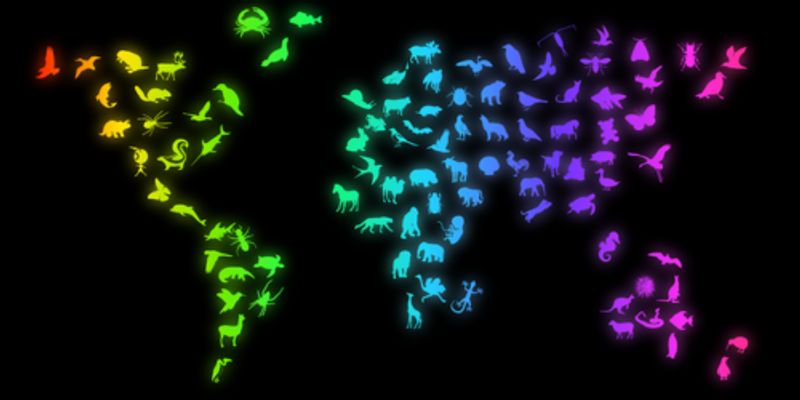Environmental biology
Environmental biology exists at the intersection of environmental science, ecology, evolution, and global change. The field examines the ways organisms, species, and communities influence, and are impacted by, natural and human-altered ecosystems.
-
Contract Research Organizations present unique challenges in the field of environmental enrichment for laboratory animals. CRO's are service oriented and budget conscious, with large animal p...Speaker: Michelle Weideman, DVMPresented at: Laboratory Animal Sciences Virtual Event Series 2014
Environmental enrichment can be defined as altering the living environment of captive animals in order to provide opportunities to express more of their natural behavioral repertoire. The cha...
Speaker:
Karen Froberg-Fejko, LATg, VMD
Presented at: Laboratory Animal Sciences Virtual Event Series 2014
The 8th Edition of the Guide for the Care and Use of Laboratory Animals (Guide NRC, 2011) has been in use since 2011. What changes has it brought? What are the impacts of those changes? The g...
Speaker:
John Bradfield, PhD, DVM
Presented at: Laboratory Animal Sciences Virtual Event Series 2014
Molecular chaperones help nascent polypeptides fold correctly and multimeric protein complexes assemble productively, while minimizing the danger of aggregation in the protein-rich intracellu...
Speaker:
Len Neckers, PhD
OCT 17, 2013 | 3:00 PM
C.E. CREDITS
Although genome-wide association studies (GWAS) have identified many single nucleotide polymorphisms (SNPs) associated with cancer, the contribution to risk of these variants is small, rende...
Speaker:
Kenan Onel MD, PhD
AUG 21, 2013 | 2:00 PM
C.E. CREDITS
Aging is the major risk for diseases such as cancer, AD, type 2 Diabetes mellitus and cardiovascular disease. We hypothesize that a progress in preventing these diseases will occur only if we...
Our ability to view and alter biology is progressing at an exponential pace -- faster even than electronics. Next generation sequencing can be used to assess inherited, environmental and epi-...
The Project (PersonalGenomes.org) enables open observation and critique of a large cohort "test-driving" comprehensive participatory personalized medicine. This is the only fully open-access...
Contract Research Organizations present unique challenges in the field of environmental enrichment for laboratory animals. CRO's are service oriented and budget conscious, with large animal p...
Speaker:
Michelle Weideman, DVM
Presented at: Laboratory Animal Sciences Virtual Event Series 2014
Environmental enrichment can be defined as altering the living environment of captive animals in order to provide opportunities to express more of their natural behavioral repertoire. The cha...
Speaker:
Karen Froberg-Fejko, LATg, VMD
Presented at: Laboratory Animal Sciences Virtual Event Series 2014
The 8th Edition of the Guide for the Care and Use of Laboratory Animals (Guide NRC, 2011) has been in use since 2011. What changes has it brought? What are the impacts of those changes? The g...
Speaker:
John Bradfield, PhD, DVM
Presented at: Laboratory Animal Sciences Virtual Event Series 2014
Molecular chaperones help nascent polypeptides fold correctly and multimeric protein complexes assemble productively, while minimizing the danger of aggregation in the protein-rich intracellu...
Speaker:
Len Neckers, PhD







